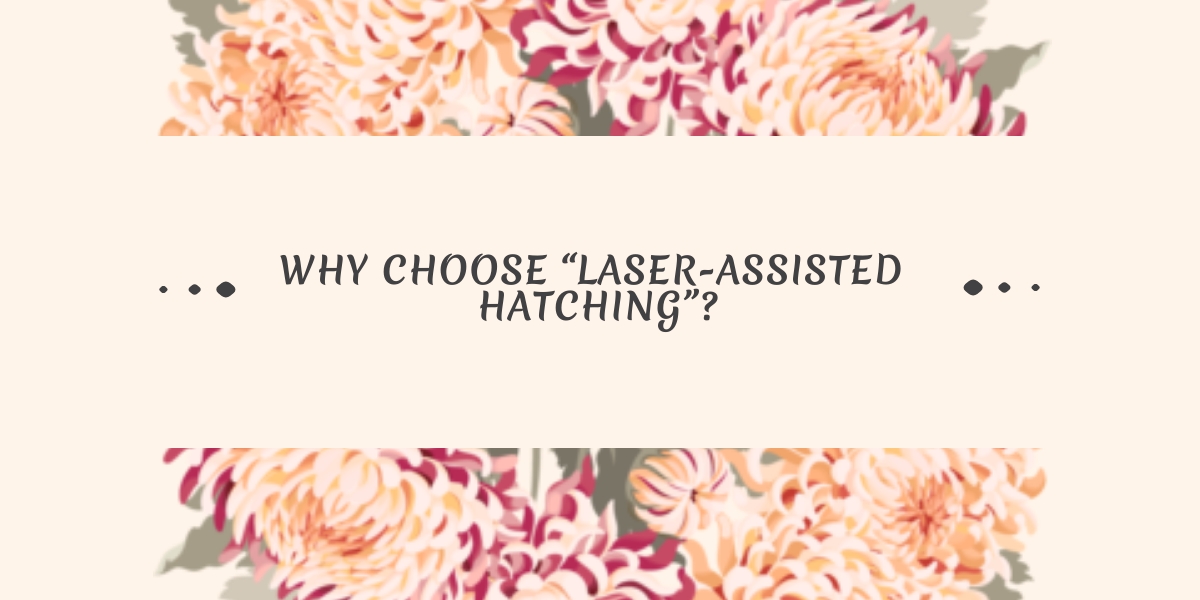Benefits of Laser- Assisted Hatching

What Is “Laser-Assisted Hatching” (LAH)?
Assisted hatching is a laboratory procedure that is at times done along with ‘In Vitro Fertilization’ (IVF) treatment. What IVF does is it involves the mixing of eggs with sperm. Eggs are considered fertilized once a sperm succeeds in penetrating the egg. During IVF, the fertilized eggs are kept under monitor for 3 to 6 days as they divide and develop into embryos. The best embryo is then placed into the woman’s uterus (embryo transfer) for her to become pregnant or to be frozen for future use. The embryo as it develops gets surrounded by cells that make up a protective shell (zona pellucida). This shell naturally tends to break out as the embryo grows. But there are times when a small “crack” has to be done in the outer shell of the embryo right before it is placed into the woman’s body. This is known as ‘Assisted Hatching’ and is usually done to help the embryo expand, implant itself into the uterine wall, and finally lead to a healthy pregnancy.
Why Choose “Laser-Assisted Hatching”?)?
Laser-assisted hatching (LAH) is preferred since it enables a particular blastocyst to thaw quickly and efficiently, without compromising on its integrity. Through LAH, better quality blastocysts are produced than the traditional thawing methods.
Benefits of Cryopreservation of Embryosn
Though Cryopreservation is an ultra-modern technique that can preserve embryos for up to a decade, however, the success of the process is based on how well the embryos are frozen and thawed. Shell housing of the embryo may impair it if not handled correctly. Assisted hatching can micro-manipulate an embryo, leading us to make the most of cryopreservation.
When exactly is ‘Laser-Assisted Hatching’ needed?
At Best fertility hospital in Tamilnadu find the outer walls of your embryos to be thicker than usual, LAH routine may be recommended for you. If you have previously had three or more unfavorable in vitro fertilization (IVF) cycles, Laser-assisted hatching (LAH) can boost implantation and bring you closer to pregnancy.
What Are the Steps of Laser-Assisted Hatching?
After the retrieval of cryopreserved embryos, Laser-assisted hatching (LAH) is done in a short two-step process.
1.Light Pulsing
Each embryo experiences an individual hatching process. A circle of light frames the embryo that indicates the circumference around which the laser will beam. Then, in an attempt to dissolve a part of the embryonic shell, the laser starts pulsing a portion of the circumference. This process is performed in a delicate manner, to make sure that the heat from the laser is not transferred to the cells of the embryo.
2. Implantation
Your fertility consultant in tamilnadu will identify up to two embryos to be placed inside the uterus. The embryo will then implant itself in the uterine lining within a few days. Laser-Assisted Hatching is considered as a tool to boost implantation. At Genesis IVF, we strive to optimize and fight the odds of your conception involved within the IVF technique.


